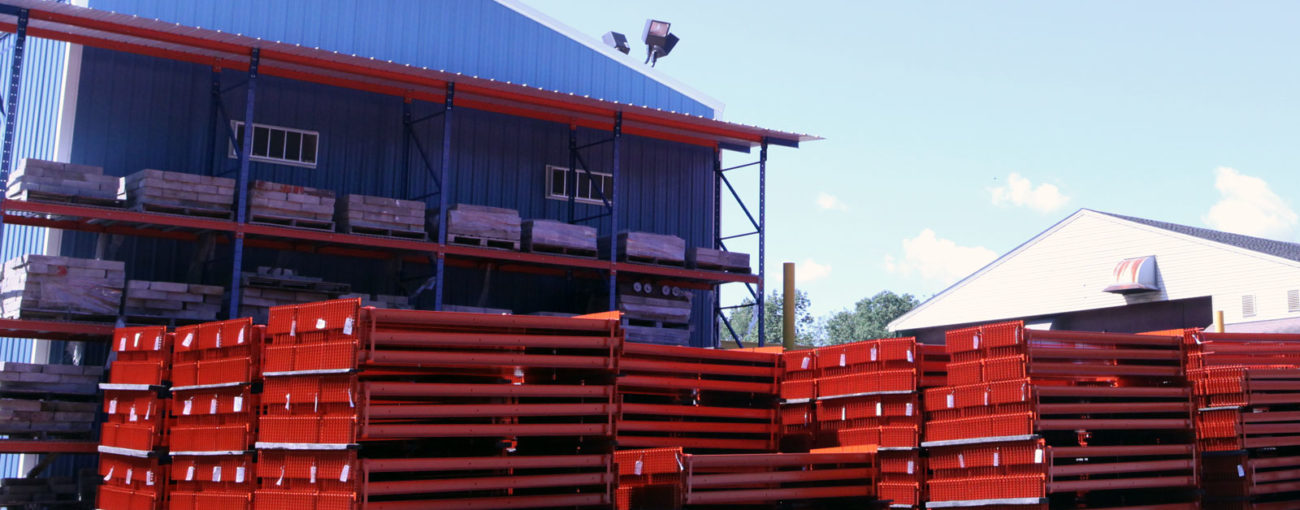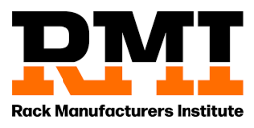The more complex a Pallet Racking System or Storage Solution is, the more it typically costs. FRAZIER combats these costs into the lowest possible prices for our customers through our Engineering Testing Program.
Cost Reduction
You may now be wondering how FRAZIER’s Engineering Tests can reduce costs. The answer is simple – in addition to the general tests that we run on our products to make sure they will function properly, we also run tests on a project driven basis. According to John Beaumont, PE Head of FRAZIER’s Standard Product Engineering Department, “Running tests specific to a project affords us the opportunity to minimize the complexity of components from a system’s design without affecting its performance. By using less complex parts to do the same job, we can save our customers money on their pallet rack and storage solutions.”
A Typical Frazier Test
FRAZIER’s engineers identify specific parts for testing upon completion of the first design of a project. They then determine the approach to testing based on factors including, but not limited to load ratings, elevations, and any applicable seismic risks.
Next, Manufacturing receives fabrication drawings to produce the testing materials. When the materials are in hand, they are loaded and their deflection (the amount the racking bends when carrying weight) is recorded at each increment. Our engineering team then determines the system’s flexibility from analyzing this data.
Seismic Analysis for Pallet Racking
The entirety of North America faces seismic risks. Some areas have seismic risks so small that they do not effect a storage solution’s design. Higher seismic forces in other areas, such as the West Coast, however, do dictate design. Much of the testing conducted by FRAZIER is in regards to these seismic forces.
FRAZIER runs seismic testing on the baseplates of the racking for flexibility. The baseplate supports the bottom of the racking and anchors into the floor of a warehouse. Flexibility is tested because it reduces seismic forces on the frames of the racking. Series of tests have shown that our baseplates are more flexible when compared against current standards.
On-Site Engineering Testing
For over forty years, FRAZIER has conducted Engineering Tests directly at our Long Valley, New Jersey headquarters and manufacturing plant. In 2009, we added a new testing building to Long Valley to bolster our program. The new building is equipped with state-of-the-art equipment, which includes remote capabilities. This way, engineers from our seismic-focused office in Santa Monica, California may also take part in any testing.
Running tests at our own, on-site facility allows us to conduct them on a regular basis. We manufacture all test materials at the plant located directly next door to the testing facility. This removes the need for freight to move the materials for testing. Utilizing our own facility also eliminates the need to operate by the often-backlogged schedule of a third-party facility, which our competitors who utilize independent, off-site test labs must do. FRAZIER’s tests can typically be scheduled and executed in two weeks, saving you, the customer, time in addition to money.







